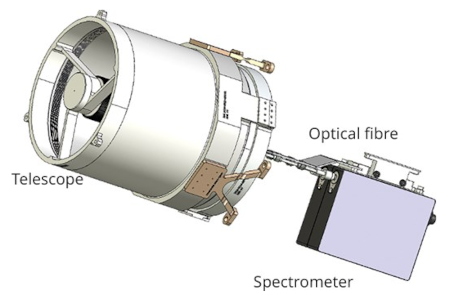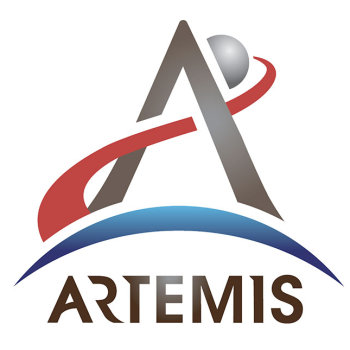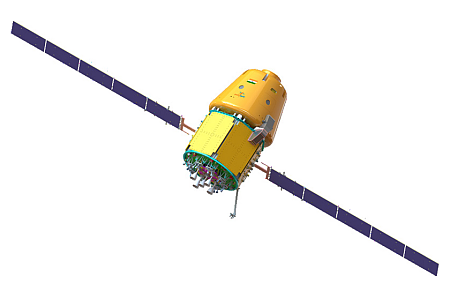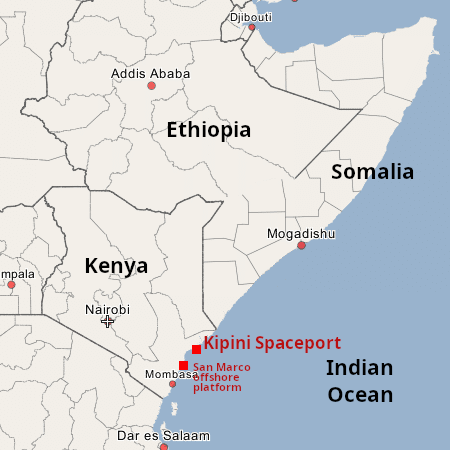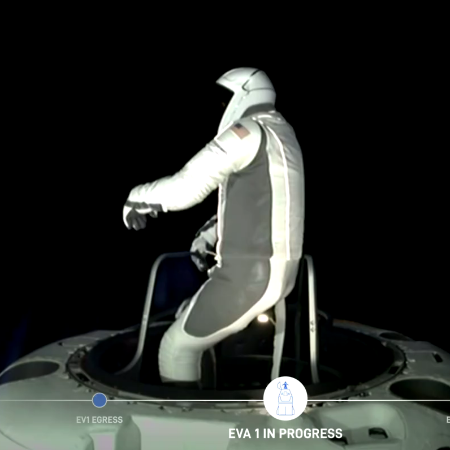Spherex completes first infrared map of the sky
Astronomers have now released the first all-sky map produced by the new infrared space telescoe Spherex, launched in March.
The map to the right covers only some of the infrared wavelengths mapped, with the stars indicated by blue, green, and white, hot hydrogen gas by blue, and cosmic dust by red. Other false color maps map the universe’s galaxies, star forming regions, and numerous other heavenly phenomenon. From the press release:
Circling Earth about 14½ times a day, SPHEREx (which stands for Spectro-Photometer for the History of the Universe, Epoch of Reionization, and Ices Explorer) travels from north to south, passing over the poles. Each day it takes about 3,600 images along one circular strip of the sky, and as the days pass and the planet moves around the Sun, SPHEREx’s field of view shifts as well. After six months, the observatory has looked out into space in every direction, capturing the entire sky in 360 degrees.
Managed by NASA’s Jet Propulsion Laboratory in Southern California, the mission began mapping the sky in May and completed its first all-sky mosaic in December. It will complete three additional all-sky scans during its two-year primary mission, and merging those maps together will increase the sensitivity of the measurements.
Spherex has a greater resolution across more infrared wavelengths than the previous wide-field infrared space telescope, WIRE. Its wide-field view also differs from Webb, which has a very small field of view to get high resolution infrared images of specific objects.
Astronomers have now released the first all-sky map produced by the new infrared space telescoe Spherex, launched in March.
The map to the right covers only some of the infrared wavelengths mapped, with the stars indicated by blue, green, and white, hot hydrogen gas by blue, and cosmic dust by red. Other false color maps map the universe’s galaxies, star forming regions, and numerous other heavenly phenomenon. From the press release:
Circling Earth about 14½ times a day, SPHEREx (which stands for Spectro-Photometer for the History of the Universe, Epoch of Reionization, and Ices Explorer) travels from north to south, passing over the poles. Each day it takes about 3,600 images along one circular strip of the sky, and as the days pass and the planet moves around the Sun, SPHEREx’s field of view shifts as well. After six months, the observatory has looked out into space in every direction, capturing the entire sky in 360 degrees.
Managed by NASA’s Jet Propulsion Laboratory in Southern California, the mission began mapping the sky in May and completed its first all-sky mosaic in December. It will complete three additional all-sky scans during its two-year primary mission, and merging those maps together will increase the sensitivity of the measurements.
Spherex has a greater resolution across more infrared wavelengths than the previous wide-field infrared space telescope, WIRE. Its wide-field view also differs from Webb, which has a very small field of view to get high resolution infrared images of specific objects.


